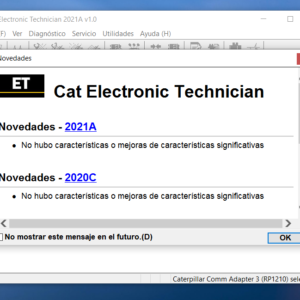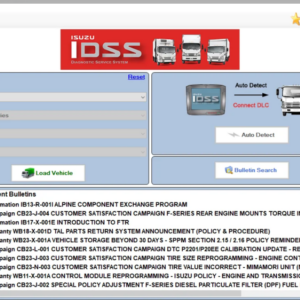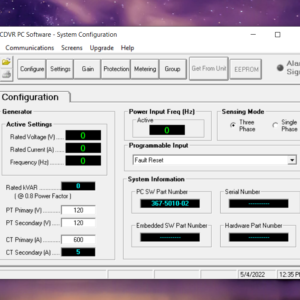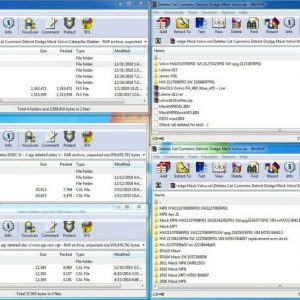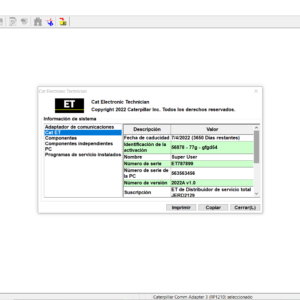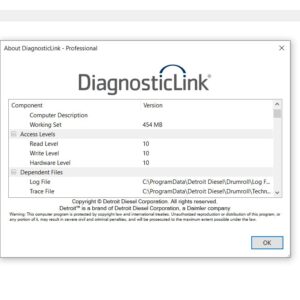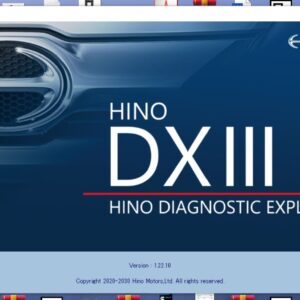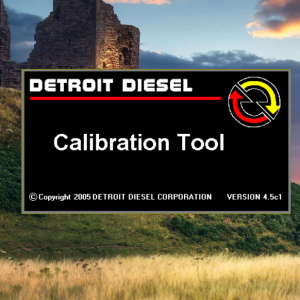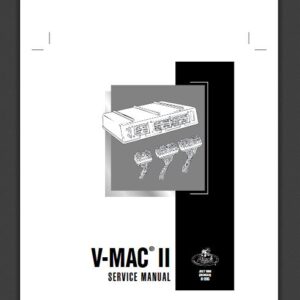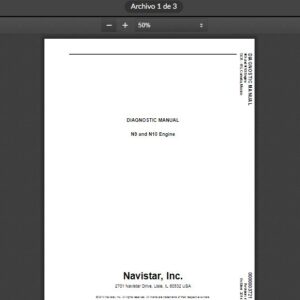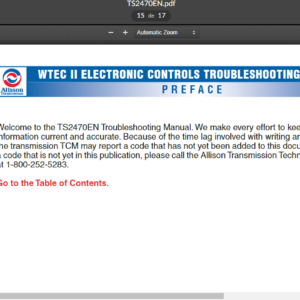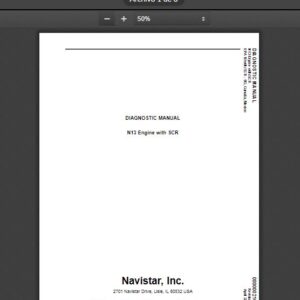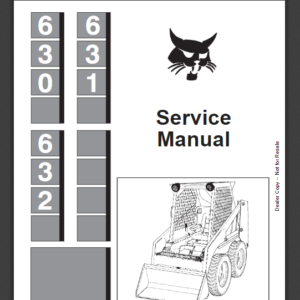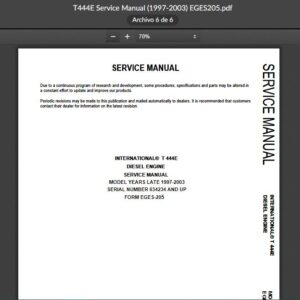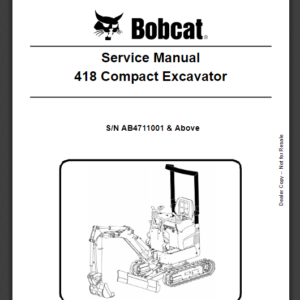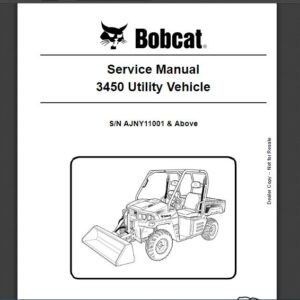Cummins ISB6.7 CM2350 (2013-17) Fault Code: 3255 PID: SPN: 3246 FMI: 16 Aftertreatment Diesel Particulate Filter outlet Temperature- Data Valid But Above Normal Operating Range- Moderately Severe Level
Cummins ISB6.7 CM2350 (2013-17) Fault Code: 3255 PID: SPN: 3246 FMI: 16 Aftertreatment Diesel Particulate Filter outlet Temperature- Data Valid But Above Normal Operating Range- Moderately Severe Level
Circuit Description
The aftertreatment diesel particulate filter temperature sensor module is a smart device that communicates with the engine control module via the J1939 data link. The aftertreatment diesel partculate filter temperature sensor module performs its own internal diagnostics and reports malfunctions back to the engine control module using the J1939 data link. The aftertreatment diesel particulate filter temperature sensor module is used to measure the aftertreatment diesel oxidation catalyst intake temperature, aftertreatment diesel particulate filter intake temperature, and aftertreatment diesel particulate filter outlet temperature. The temperature probes are permanently attached to the aftertreatment diesel particulate filter temperature sensor module and can not be replaced individually.
Component Location
The aftertreatment diesel particulate filter outlet temperature sensor is located in the aftertreatment system. It is located at the outlet of the aftertreatment diesel particulate filter. Refer to the original equipment manufacturer (OEM) service manual.
Conditions for Running the Diagnostics
This diagnostic runs continuously when the engine is running and active regeneration of the aftertreatment diesel particulate filter is not occurring.
Conditions for Setting the Fault Codes
The aftertreatment diesel particulate filter intake temperature sensor reading was greater than 735?C [1355?F] for 145 seconds.
Action Taken When the Fault Code is Active
1)The ECM illuminates the red STOP ENGINE lamp immediately after the diagnostic runs and fails.
2)Active and stationary regeneration of the diesel particulate filter will be disabled.
3)Exhaust Gas Recirculation (EGR) valve operation will be disabled.
4)Engine torque will be reduced if the engine is operated for an extended period of time with this fault active.
5)The engine will be shut down if the Engine Protection Shutdown feature is enabled.
Conditions for Clearing the Fault Code
1)To validate the repair using a Diagnostic Road Test, utilize a route that incorporates both stop and go city type driving and steady state highway type driving. It may be necessary to load the unit for certain diagnostics in the ECM to run.
2)To validate the repair using a Chassis Dynamometer, utilize a routine that incorporates acceleration and motoring events, steady state highway type operation, and load. This will simulate normal driving and allow the diagnostics in the ECM to run.
3)The fault code status displayed by INSITE? electronic service tool will change to INACTIVE immediately after the diagnostic runs and passes.
4)The ECM will turn off the red STOP ENGINE lamp immediately after the diagnostic runs and passes.
5)The Reset All Faults command in INSITE? electronic service tool can be used to clear active and inactive faults, as well as extinguish the MIL for OBD applications.
Shop Talk
This fault will go inactive immediately after the aftertreatment temperatures drop below the warning limit, and will likely be inactive when the vehicle is in the shop. For these reasons, this troubleshooting tree must be used for both active and inactive fault codes.
Possible causes:
1) Excessive engine oil or diesel fuel being introduced into the exhaust system from the engine
2) A damaged engine fuel injector causing unburned diesel fuel to enter the exhaust system
3) A face plugged aftertreatment diesel oxidation catalyst
Reference the appropriate OEM wiring diagram when troubleshooting circuits that utilize wiring supplied by the OEM.
-
Navistar international OnCommand service information 2018 software trucks
Navistar $50.00Rated 0 out of 5 -
JPRO 2022 v1 Commercial Vehicle Diagnostics V1 Software Download & Installation Service ( 1 PC )
JPRO $94.00Rated 0 out of 5 -
Scania SDP3 2.48.6 Diagnosis & Programming for VCI 3 VCI3 without Dongle
Scania $30.00Rated 0 out of 5
-
VOLVO PREMIUM TECH TOOL PTT 2.7.30 Developer + Devtool + INSTALATION VIDEO!
Trucks software $60.00Rated 0 out of 5 -
CAT ET 2021A (Caterpillar Electronic Technician) + Factory Password (1 PC )
CAT $65.00Rated 0 out of 5 -
DOWNLOAD NISSAN UD DIESEL PC-CONSULT DIAGNOSTIC 1.1.13 & PC-REPROMASTER 1.2.0
NISSAN UD $100.00Rated 0 out of 5 -
CAT CDVR PC Software – Caterpillar Digital Voltage Regulator (CDVR) WINDOWS 10
CAT $45.00Rated 0 out of 5 -
volvo Devtool Studio V2 / V3 / V4 Developer tool plus 2.6 / 2.7
Trucks software $35.00Rated 0 out of 5 -
Navistar international OnCommand service information 2018 software trucks
Navistar $50.00Rated 0 out of 5 -
DPF EGR SCR BAC ERG Delete & Flash CAAT Cummings Detroit Dodge Mack Volvo Collection of DELETE files
CAT $200.00Rated 0 out of 5 -
ddct Detroit diesel calibration tool (DDCT) v4.5 English Include Calibrations & Metafiles
Detroit $30.00Rated 0 out of 5
Related products
-
Allison Transmission – WTEC 2 MD/HD/B SERIES TRANSMISSIONS
Allison$20.00Original price was: $20.00.$16.00Current price is: $16.00.Rated 0 out of 5







